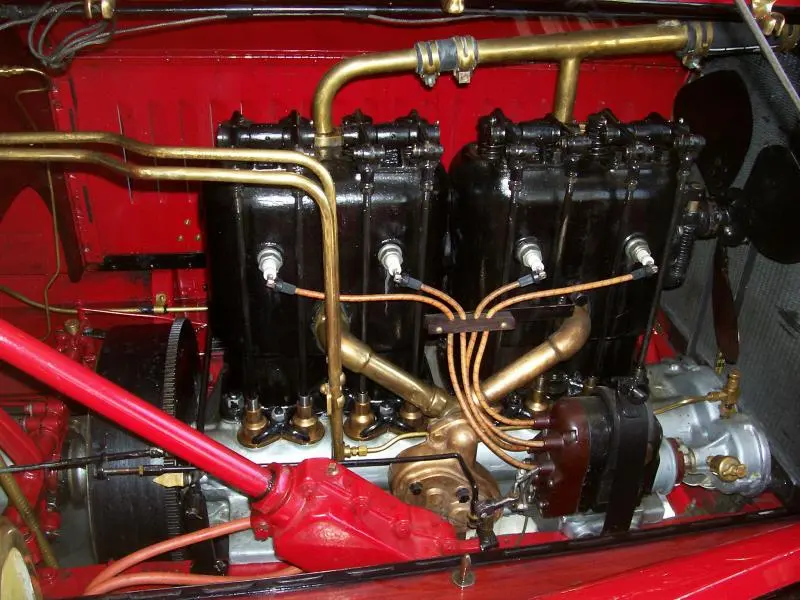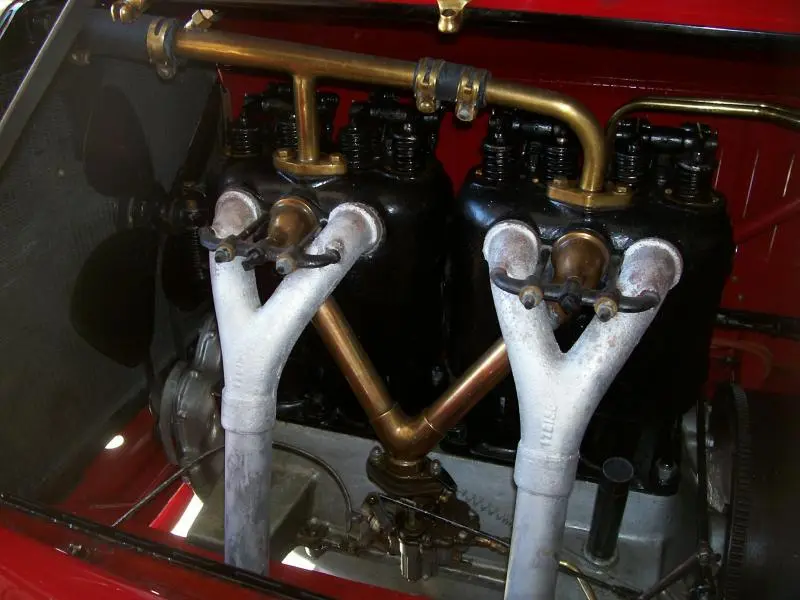Don 't think so. Cat designed the engines with large bearing areas and high volume oil flow. If you read the discussion about the oil pressure gauge calibration, it takes very little oil pressure to maintain proper lubrication, less than 5psi as I remember. So, at low idle with no turbocharger, there is plenty of oil flow for the bearings.
Lugging an engine under load is usually frowned upon, but to me, again, that is a problem more with turbocharged engines. High fuel rate, lots of heat, less cooling air flow etc. Probably piston crowns and oil suffer the worst from those conditions.
There are probably engines which have bad crankshaft harmonics at certain rpm ranges, but CAT didn't use dampers until they were building high hp/high rpm engines. The old long stroke engines in machinery without torque converters use more of the rpm range than high speed turbocharged engines in front of a torque converter.
Most ag equipment these days has some sort of "field cruise " capability to save fuel under light loading conditions even though those engines are all high rpm turbocharged engines. All the same, they are not supposed to be lugged under heavy loads at part throttle.
D2-5J's, D6-9U's, D318 and D333 power units, 12E-99E grader, 922B & 944A wheel loaders, D330C generator set, DW20 water tanker and a bunch of Jersey cows to take care of in my spare time😄


